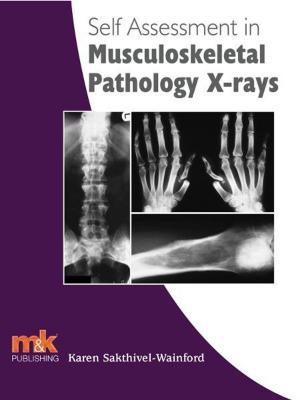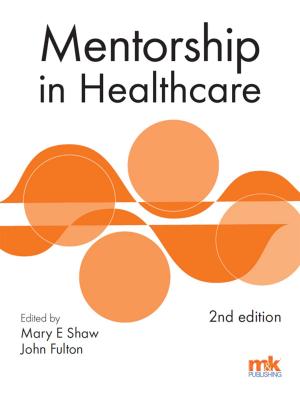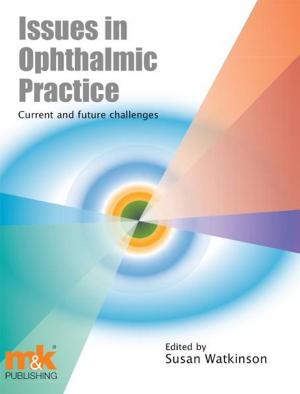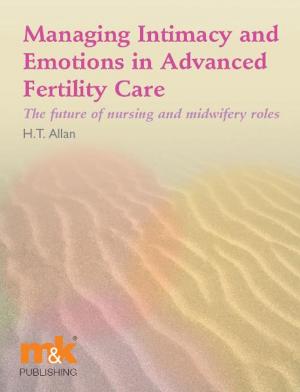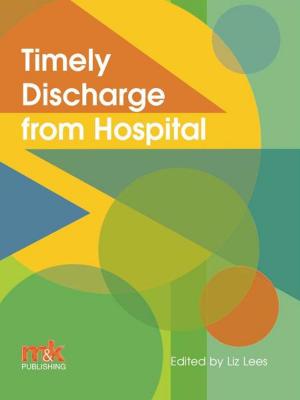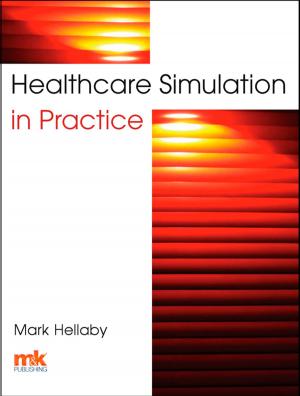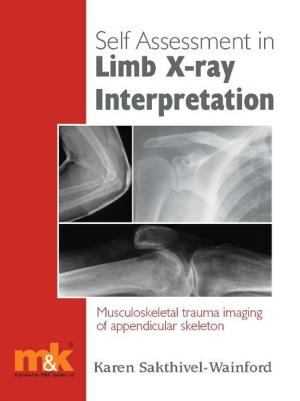Older People with Visual Impairment Clinical Management and Care
Nonfiction, Health & Well Being, Medical, Specialties, Ophthalmology, Fiction & Literature| Author: | Susan Watkinson | ISBN: | 9781907830457 |
| Publisher: | M&K Update Ltd | Publication: | May 7, 2014 |
| Imprint: | M&K Publishing | Language: | English |
| Author: | Susan Watkinson |
| ISBN: | 9781907830457 |
| Publisher: | M&K Update Ltd |
| Publication: | May 7, 2014 |
| Imprint: | M&K Publishing |
| Language: | English |
In the context of an ageing population, visual impairment is having an increasing social and economic impact. This timely book will enable healthcare professionals in a diverse range of settings to enhance their expertise in assessing the ophthalmic conditions of the elderly, adopt a holistic approach to patient care, and improve their ability to deal with organisational challenges involving visually impaired elderly people. Sue Watkinson and her co-authors have used their broad professional and academic knowledge to analyse issues relating to the major ocular diseases affecting the elderly. These include cataract, age-related macular degeneration, chronic open-angle glaucoma, diabetic retinopathy, herpes zoster ophthalmicus and dementia. In addition to describing the pathogenesis, clinical features and risk factors for each disease, they highlight the role of specialist ophthalmic nurses in informing and educating patients, managing ophthalmic treatment procedures, promoting safe environments and maintaining quality of life for elderly individuals suffering from age-related ophthalmic conditions. Above all, the authors show that providing the right care for this vulnerable group of people in our society will help reduce the economic and psychological burden of sight loss and re-establish a good quality of life for the older person with visual impairment.
In the context of an ageing population, visual impairment is having an increasing social and economic impact. This timely book will enable healthcare professionals in a diverse range of settings to enhance their expertise in assessing the ophthalmic conditions of the elderly, adopt a holistic approach to patient care, and improve their ability to deal with organisational challenges involving visually impaired elderly people. Sue Watkinson and her co-authors have used their broad professional and academic knowledge to analyse issues relating to the major ocular diseases affecting the elderly. These include cataract, age-related macular degeneration, chronic open-angle glaucoma, diabetic retinopathy, herpes zoster ophthalmicus and dementia. In addition to describing the pathogenesis, clinical features and risk factors for each disease, they highlight the role of specialist ophthalmic nurses in informing and educating patients, managing ophthalmic treatment procedures, promoting safe environments and maintaining quality of life for elderly individuals suffering from age-related ophthalmic conditions. Above all, the authors show that providing the right care for this vulnerable group of people in our society will help reduce the economic and psychological burden of sight loss and re-establish a good quality of life for the older person with visual impairment.

